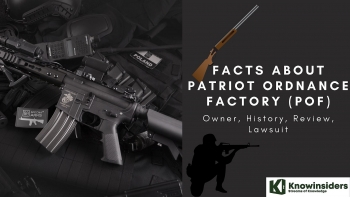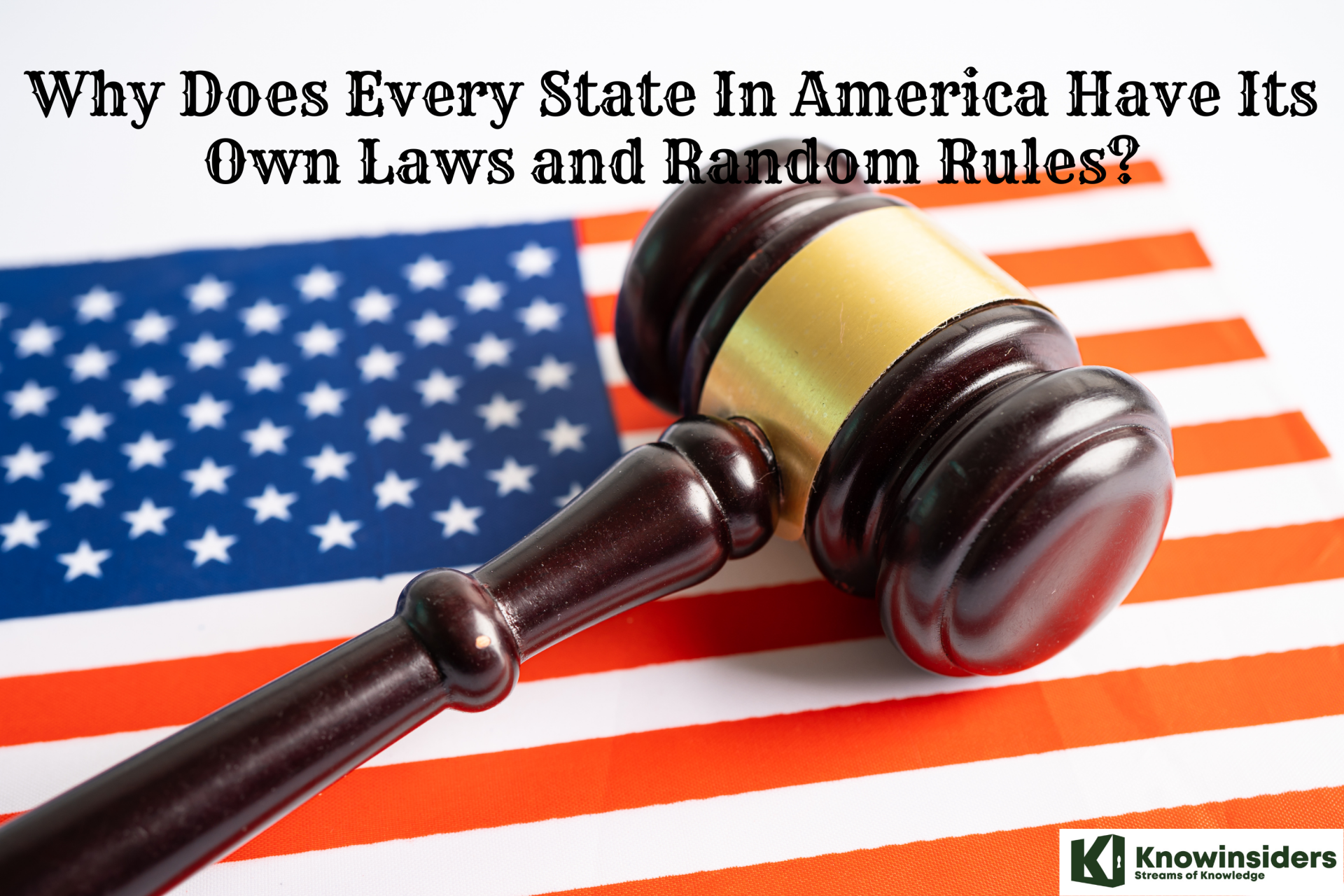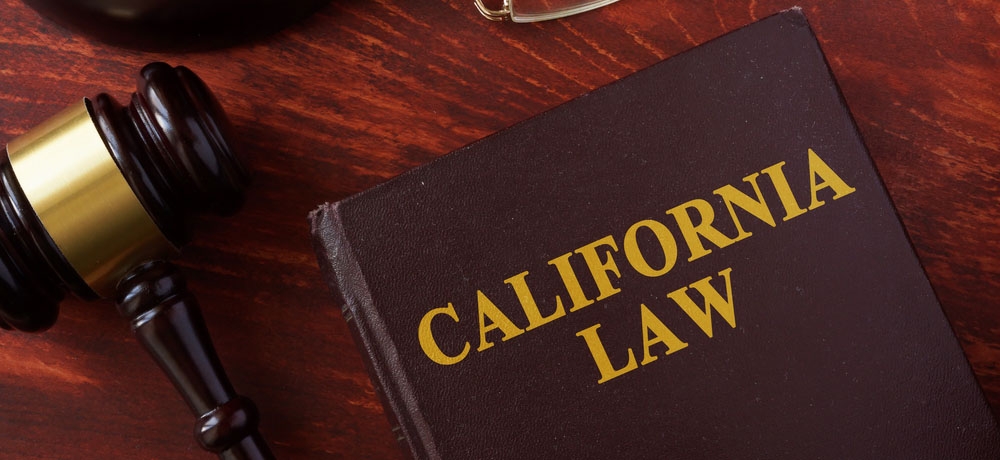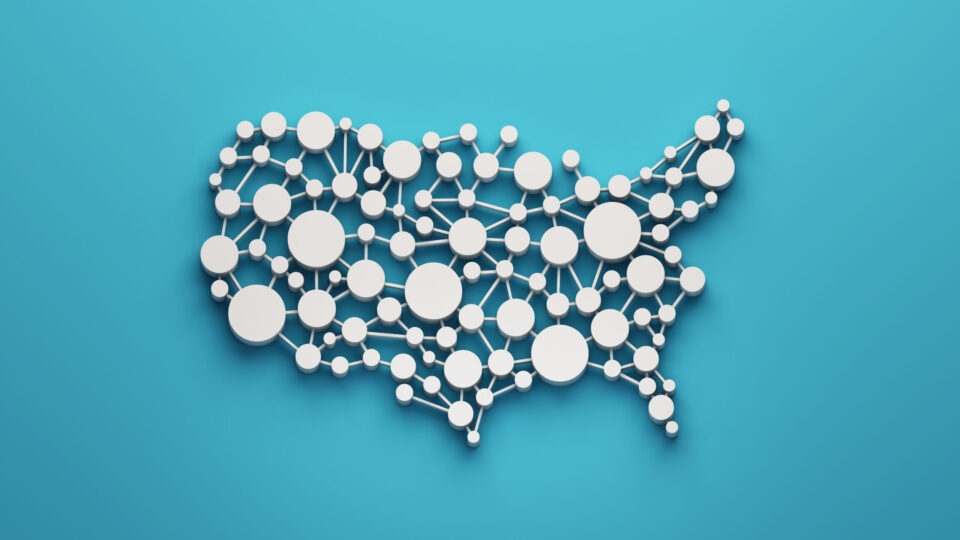Generally speaking, federal laws are equally applicable between all state boundaries. States may, however, enact, carry out, and enforce their own laws in addition to federal laws under constitutional laws. This is so because each state in the United States is a sovereign entity with the authority to enact laws and regulate them in accordance with its own needs.
Another explanation for this is that each state has distinctive qualities in terms of things like:
→ Geography and natural resources
→ Location
→ Demographics of the population
→ Historical operations of the business, commerce, and industry
→ Public policies and community standards in the state
What Are Some Types of Laws that Are Different by State?
Some laws, like some voting laws and criminal laws and statutes, have a tendency to be somewhat consistent across states. However, the law in various areas can vary greatly from one state to the next. Laws of the following kinds, which can differ significantly between state regions:
→ Gun control laws– these are often dependent on crime rates in the area
→ Child custody laws
→ Trucking and motor carrier laws
→ Business and corporate laws
→ Marriage licensing laws, especially with regards to same-sex marriage
Therefore, when moving from one state to another or when visiting several different places in the US, one should be aware of any potential legal issues. This is particularly true in regards to licenses that were issued in one state but might not be recognized in another.
Why do states have to follow certain rules?
The Supremacy Clause gives the federal government broad authority to make, interpret, and apply all laws in the country. Federalism, or the exercise of federal power, has a long history that dates back to the late 1700s, when the country's founding fathers signed the U.S. Constitution. The U.S. Constitution specifically states that the federal government has some express (or "enumerated") powers, including the authority to control commerce, declare war, impose taxes, create immigration and bankruptcy laws, among other things.
The U.S. Constitution grants the federal government both express and implied powers, or authority that is not expressly mentioned in the document. In the historic McCulloch v. Maryland case, the Supreme Court reached this conclusion. For instance, while the right to privacy, the right to adopt, or the right to obtain an abortion are not explicitly mentioned in the Constitution, these rights can still be inferred from the Constitution itself or from the later amended Bill of Rights.
Except in cases where the federal law is held to be unconstitutional or where the Supremacy Clause does not apply, federal law almost always takes precedence when it interferes with or conflicts with state law. There are numerous instances where conflict between state and federal law is still present, though. As an illustration, several states have legalized the use of cannabis (also known as marijuana), despite the fact that it remains a Schedule I controlled substance under federal law. The allocation of resources and political will are the main factors at play here.
To that end, citizens of the United States should be aware of the federal government's extensive powers, particularly in relation to matters that have an impact on their daily lives, such as bankruptcy matters, discrimination complaints, immigration issues, federal taxation, and many others. A constitutional law attorney can offer guidance on how to apply and interpret a federal law to a specific state law.
Who makes laws for a state?
The legislatures in each of the 50 states are made up of elected officials who take into account proposals made by the governor or by their own members to draft legislation that becomes a law. The legislature also initiates tax legislation, articles of impeachment, and approves a State's budget. The latter is a component of a three-branch system of checks and balances that is modeled after the federal structure and prevents any branch from abusing its power.
All States have a bicameral legislature, which consists of two chambers: a smaller upper house and a larger lower house, with the exception of Nebraska. Together, the two chambers carry out other governmental duties and enact State laws. (Nebraska is the only state with a legislature with only one chamber.)
The Senate, the upper chamber's smaller counterpart, is always known by this name. Its members typically serve terms of four years. Although some states call it the Assembly or the House of Delegates, the larger lower chamber is most frequently referred to as the House of Representatives. The terms of its members are typically shorter, frequently two years.
The role of state law in the Federal system
The Constitution expressly forbids states from passing particular kinds of legislation (joining a treaty with a strong nation does not give the United States a new term for the role of a foreign state, issuing money). Additionally, state laws cannot violate the Constitution or federal law, according to Article VI (Supreme Article). However, the state still maintains control over a sizable portion of the legal system. The Constitution specifies precisely what matters fall under the National Assembly's legislative purview. Authorities vested in the United States, nor shall the states be prohibited by the Constitution from holding such powers, then to the states, or to the people, respectively, according to the Tenth Amendment to the Constitution (1791), which made this clear.
The federal government and the states continued to wrestle over slavery and the right of the states to secede from the union, though. Both of these issues were solved by the American Civil War (1861–1865). The Fourteenth Amendment to the Constitution (1868), which states that "No state may... deprive any person of the right to life, liberty, and property rights of any person without due process; or deny the right to a fair protection of the law to any person within its jurisdiction," also establishes gender roles in the legal system. This amendment significantly increased interstate courts' ability to overturn state law. Under this "fair defense clause," the court in Brown v. Board of Education (1954) forbade racial student segregation in the Arkansas educational system.
The emergence of the state-administration question, a broader and stronger judicial interpretation of the concepts of "due process" and "fair protection," as well as the expansion of Congress's power to regulate commerce, are just a few trends that have emerged since the turn of the twentieth century and have shaped the aforementioned issue. Together, these two trends have increased the federal government's influence over the legal system. Nevertheless, a lot of the legal system is still governed by state law in many areas. Although every state is free to grant its residents the rights guaranteed by the Constitution, many do so in a way that grants their citizens broader rights and privileges. The majority of contract disputes, criminal cases, and non-contractual civil liability lawsuits are still heard by state courts that uphold state law. Marriage and divorce are two areas of family law that almost exclusively fall under state jurisdiction. For the majority of Americans, the only components of the legal system that they interact with are local governments, state courts, and police forces.
This section merely highlights a few typical legal system issues. The remaining sections will elaborate, ad, and deepen. Will go over the structure of both the federal and state courts. The definition of jurisdiction (jurisdiction) is a complex issue. will draw a distinction between federal and state courts, examine who is sued and what kinds of cases are heard by the courts, and discuss prosecution. Instead of concentrating on the court, the content shifts its attention to the groups awaiting the court's decision. Will examine American legal procedure and discuss typical litigants. The content also explains how interest groups can use legal proceedings to advance their socio-political agendas. It focuses on civil cases and examines how courts manage criminal cases in great detail. The article also explains the process for choosing US judges. The final section will look at how judicial decisions, particularly those made by higher courts, can function as a form of policy-making on their own and further entangle the judiciary in a web of interconnected relationships. with the legislative and executive branches, complex.
The dual court system—in which there is a separate court system at each level of government (state and national)—is one of the most significant, fascinating, and possibly most perplexing aspects of the American judicial system. As a result, each state has its own court system, as well as one for the County of Columbia (Washington, D.C.), and one for the federal government. Some legal disputes are exclusively resolved in federal courts, while others are exclusively resolved in state courts. However, there are additional matters of interest to both adjudication systems, and conflicts can occasionally occur. State courts will be discussed in the text as well as federal courts in this chapter.
 What is RICO Lawsuit - Trump Files Against Hillary Clinton What is RICO Lawsuit - Trump Files Against Hillary Clinton Former President Donald Trump has sued Hillary Clinton, the Democratic National Committee, and 26 other allies, accusing them of falsely linking him to Russia in ... |
 Facts About Patriot Ordnance Factory (POF): Owner, History, Review and Lawsuit Facts About Patriot Ordnance Factory (POF): Owner, History, Review and Lawsuit Patriot Ordnance Factory (POF-USA), a military and civilian rifle in Phoenix, Arizona, has a famous long history and other interesting facts that you probably do ... |
 Top 10 Hottest Female Lawyers In The World Top 10 Hottest Female Lawyers In The World Who are the world’s most hottest and beautiful women lawyers? Let's take a look with our top 10 most notable female attorneys at laws that ... |





